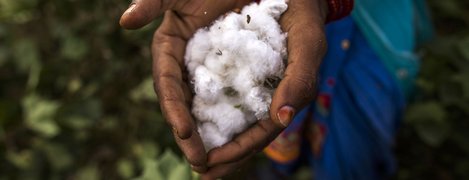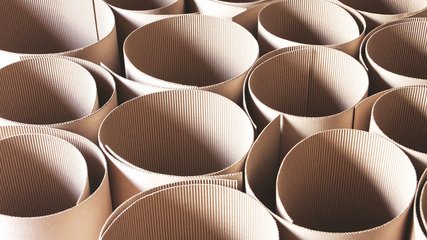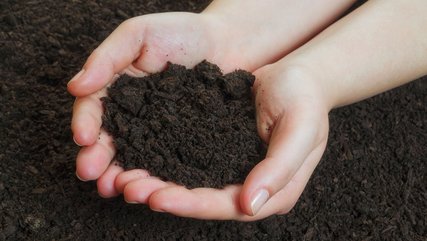

Repurposing
In today's global landscape, sustainability and resourcefulness have become crucial considerations in all aspects of industry, life and society – including the cash cycle. Repurposing banknotes offers a sustainable and environmentally friendly approach to managing currency waste. Whether through thermal recovery, composting, or transforming banknotes into new valuable raw materials, the significance of repurposing lies in its ability to minimize waste, reduce environmental impact, and take a step further to a circular economy. By supporting our customers in finding the perfect repurposing solution tailored to their needs, we not only contribute to a greener planet but also unlock economic benefits through resource efficiency and innovation.
Banknote Fiber Extraction

Cotton Banknotes are crafted from cumbers, a textile industry by-product. This ensures a sustainable start to their lifecycle, utilizing materials that would otherwise go to waste. Traditional banknote destruction methods on the other hand often damage fibers, rendering them too short for reuse.
Introducing the Banknote Fiber Extraction solution, we preserve fiber integrity while maintaining efficiency and enhancing security in the destruction process. Utilizing advanced turbo mill technology, we generate air turbulences and mechanical forces to tear banknotes apart rather than cutting them. This decomposition process preserves the fibers, allowing for their reuse in a variety of products.
Transitioning from cutting to decomposing via air pressure with the Banknote Fiber Extractor (BFE) offers central banks and print works a lot.
Benefits:
- ESG Support: BFE minimizes waste by producing banknote dry pulp, a versatile raw material, replacing conventional shreds typically disposed of through landfilling.
- Carbon Footprint Reduction: BFE eliminates the need for third-party involvement or additional processing steps, reducing CO2 emissions associated with transport and logistics.
- Seamless Integration: BFE seamlessly fits into existing banknote destruction workflows, ensuring efficiency and security remain uncompromised.
- Cost Efficiency and Value: Dry pulp from unfit banknotes can be directly sold to recyclers, cutting down cash management costs for Central Banks.
- Enhanced Security: Banknote particles are drastically reduced in size, with fibers being 300-400 times smaller than the commonly used P5 standard for high-security shredding, enhancing overall security measures.
Composting

Composting unfit banknotes is an environmentally friendly solution for Central Banks. Instead of traditional disposal methods like shredding or burning, composting allows for more sustainable waste management. Banknotes composed of natural fibers, can biodegrade over time, and contribute organic matter to compost piles. Composting banknotes based on natural fibers is a relatively new solution, but it is already being successfully implemented:
To significantly reduce the carbon footprint of the cash cycle and avoid landfill in the traditional sense, the Central Bank of Colombia is composting banknotes industrially so that the plant based substrate can be put to good use in greening projects.
Benefits:
- Offers a sustainable waste management solution and reduces the Central Bank's carbon footprint.
- Contribute valuable organic matter to soil, enhancing its fertility and promoting plant growth.
- Enhances the Central Bank's reputation and fosters positive relationships with stakeholders and the community.
Thermal Recovering

Repurposing unfit banknotes for thermal recovery presents a multifaceted solution with numerous advantages. By utilizing these notes as a fuel source for thermal energy generation, we can address both environmental and economic concerns. Thermal recovery minimizes waste by diverting unusable banknotes from landfills, reducing the environmental impact associated with their disposal. Moreover, this process uses the energy stored within the banknotes, converting it into heat or electricity – and thereby promoting sustainability.
Benefits:
- Minimizes the need for landfill
- Utilizes otherwise wasted resources
- Cost-effective waste management
- Provides a renewable energy source that can contribute to the Central Bank's energy needs or be redistributed to the local energy grid.

